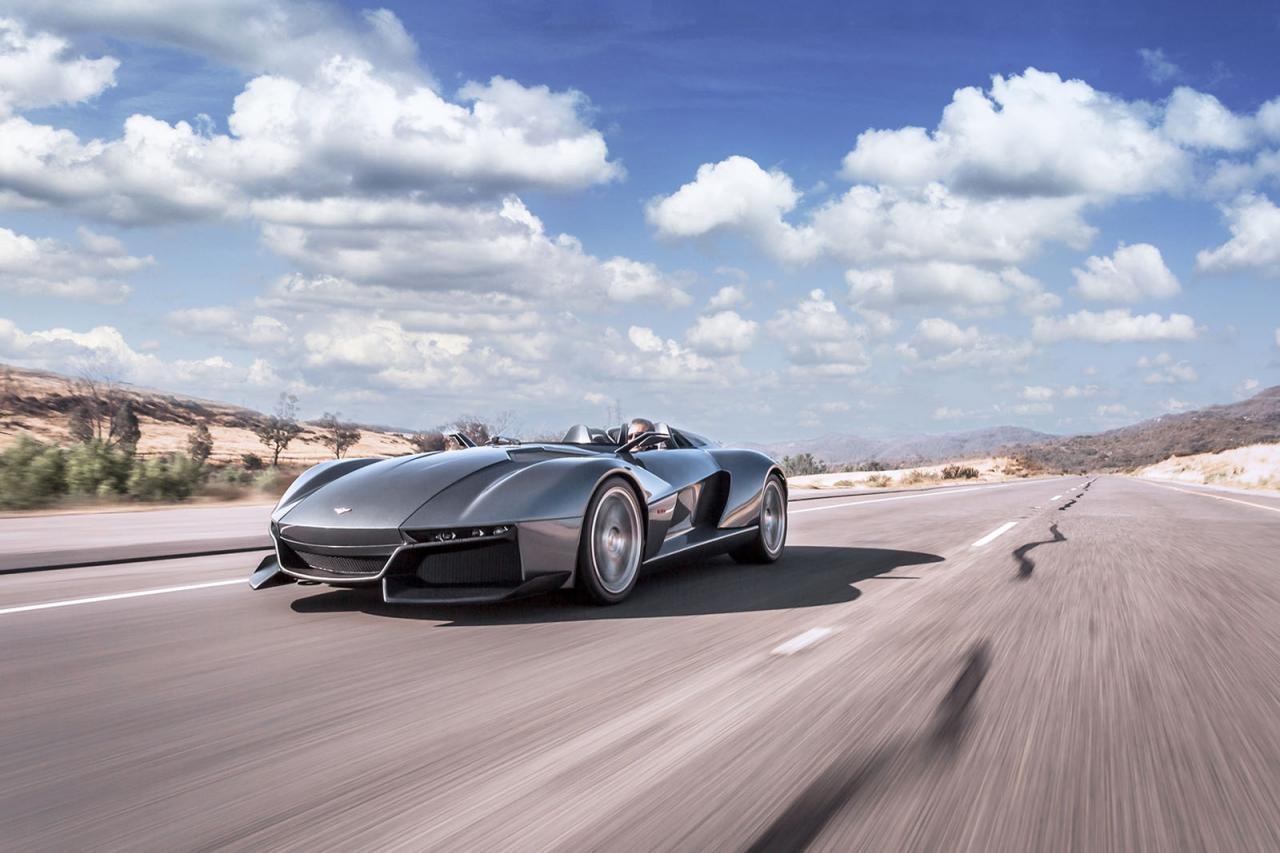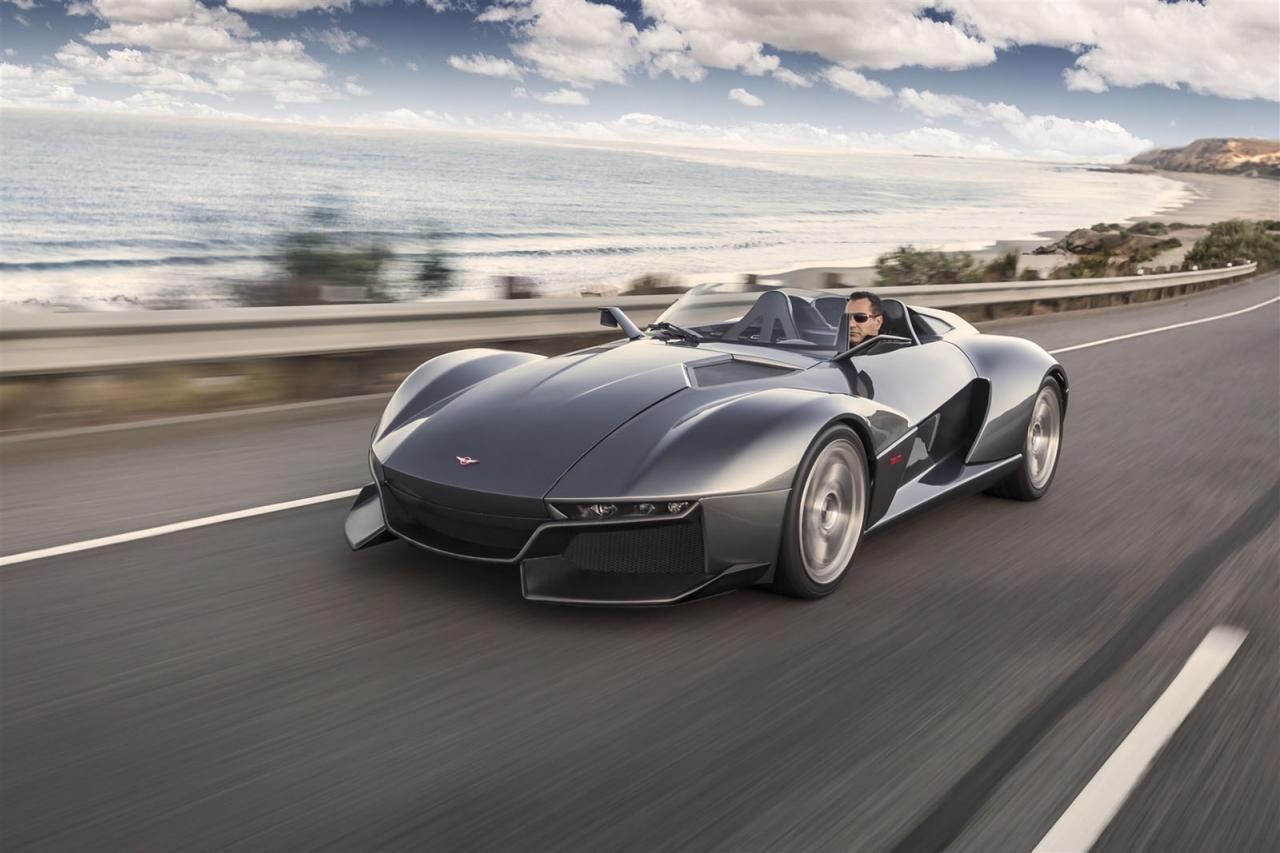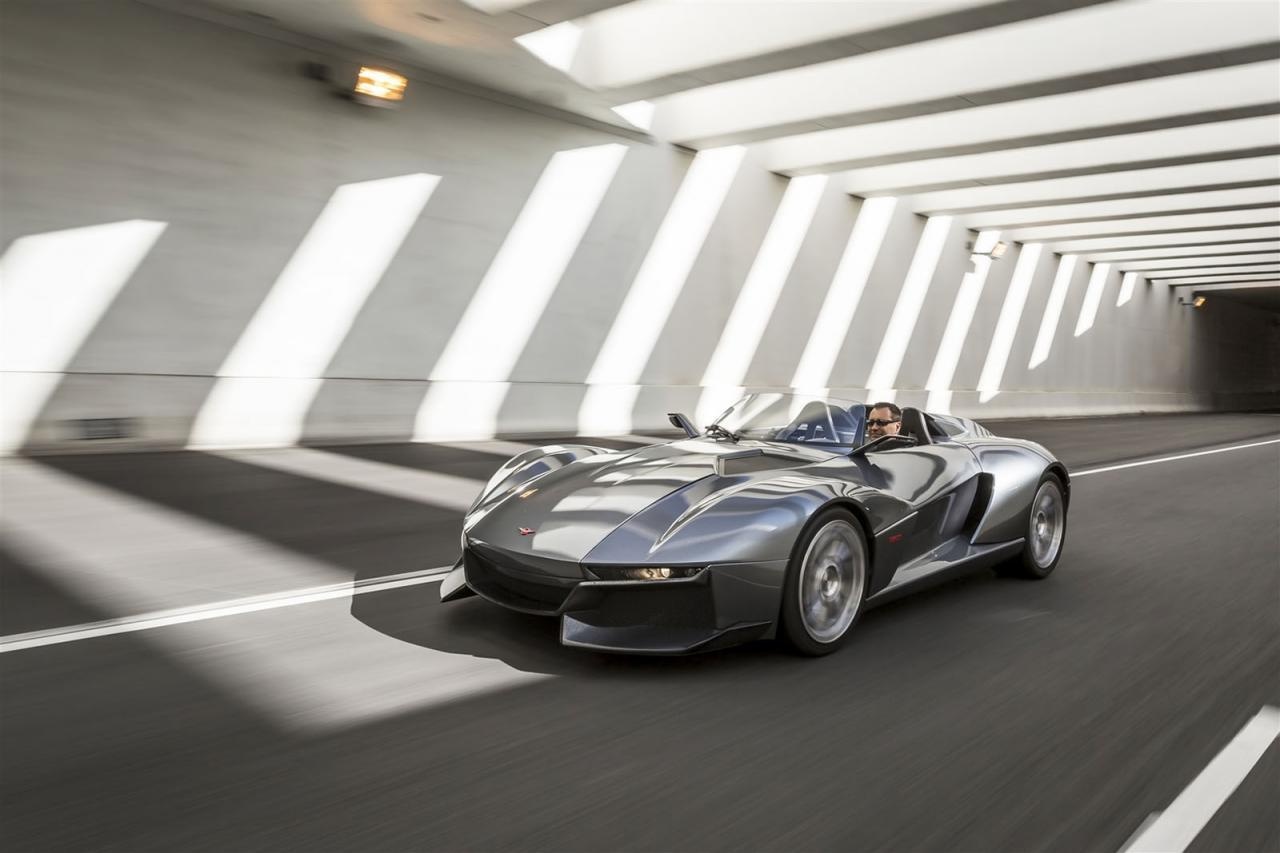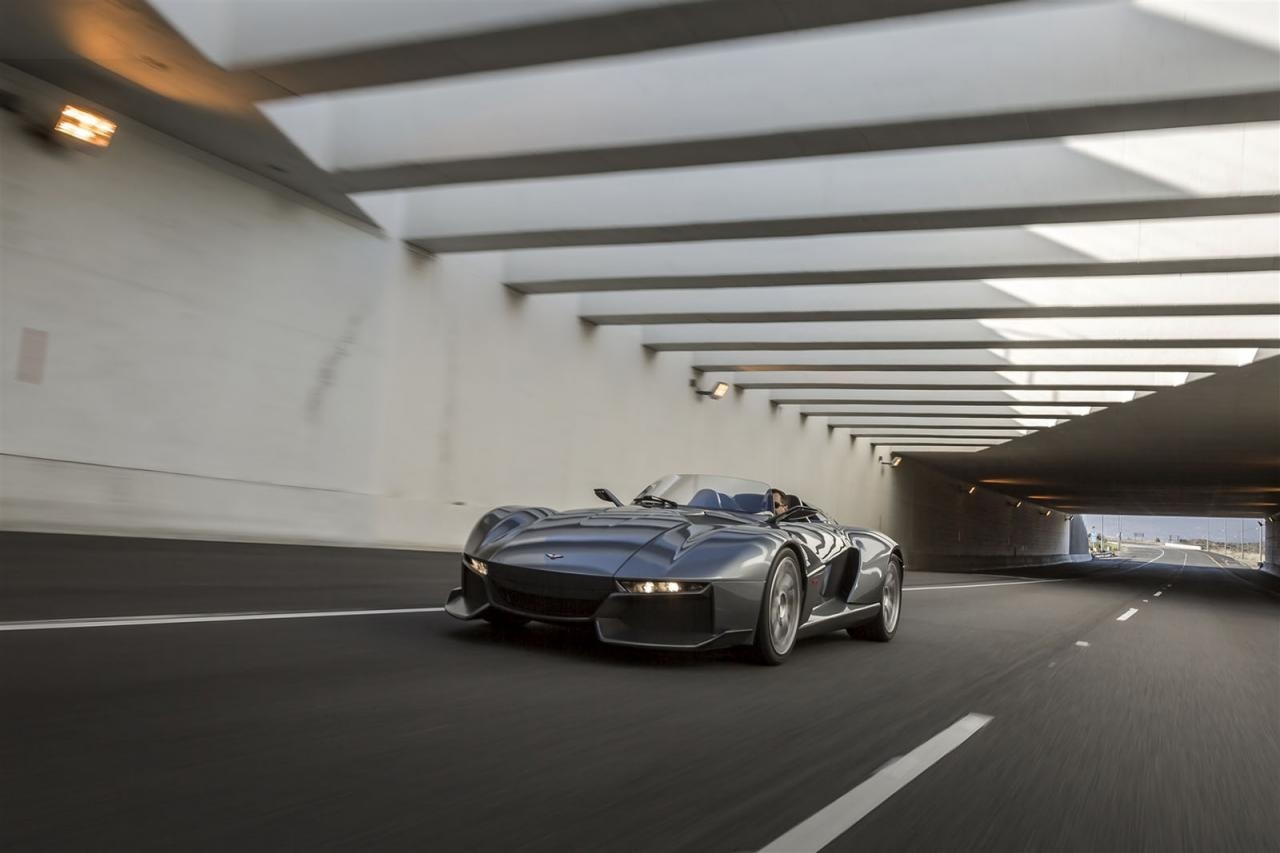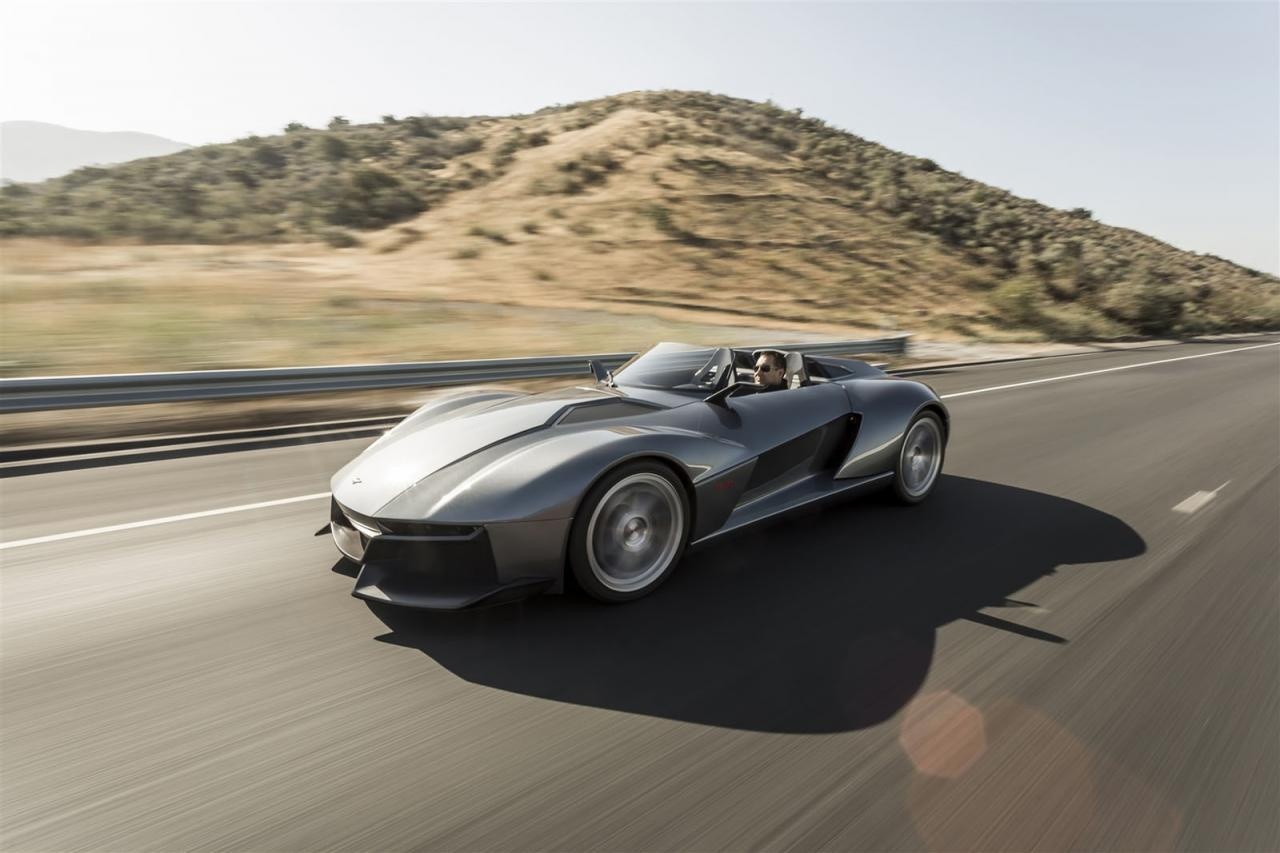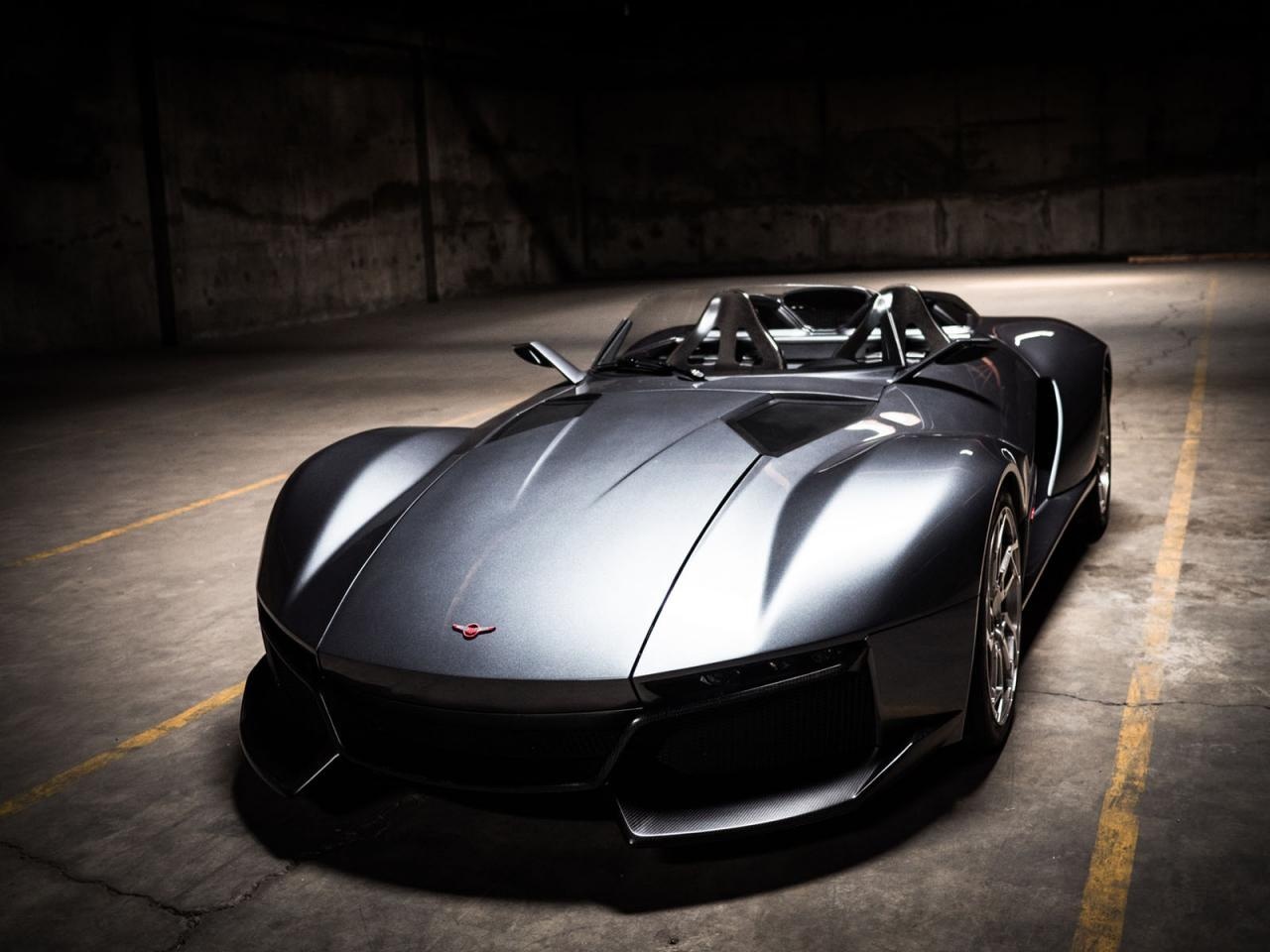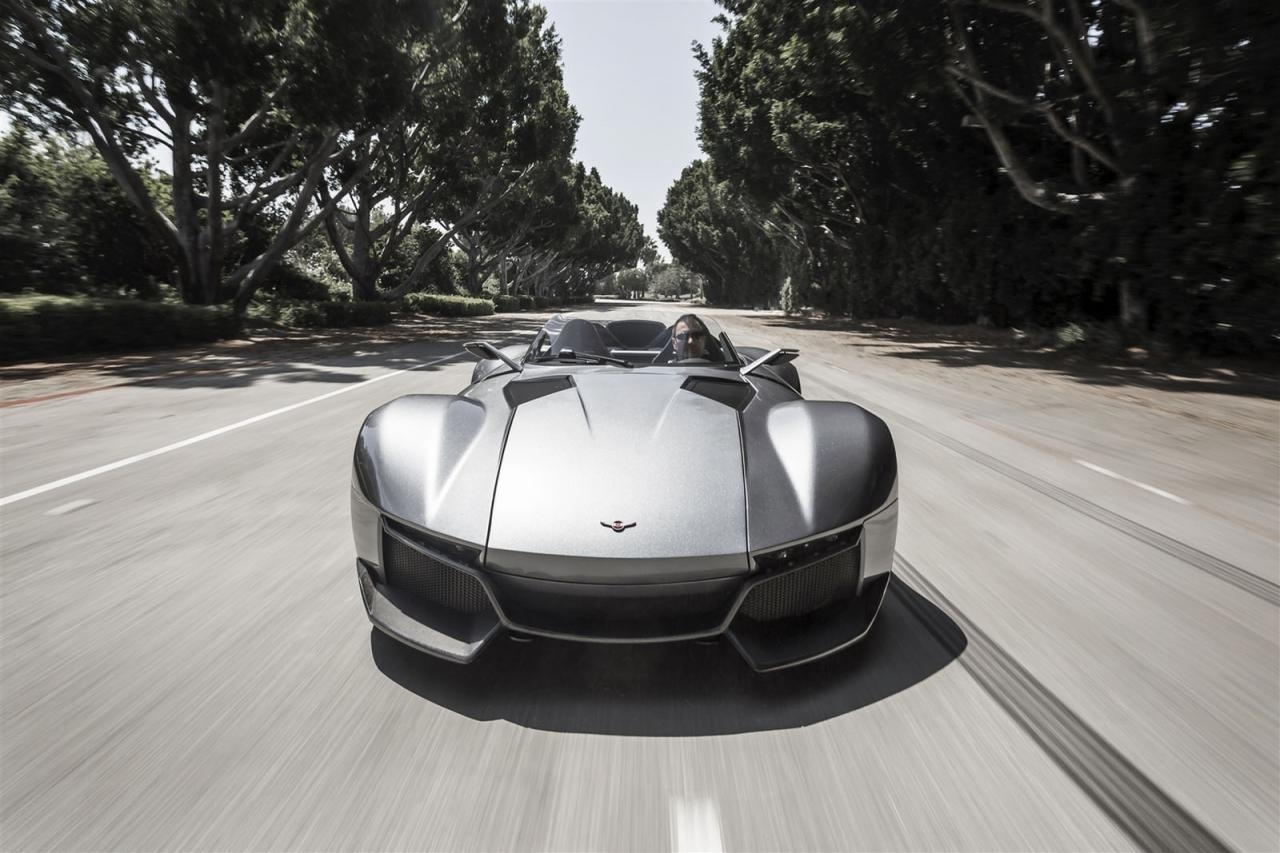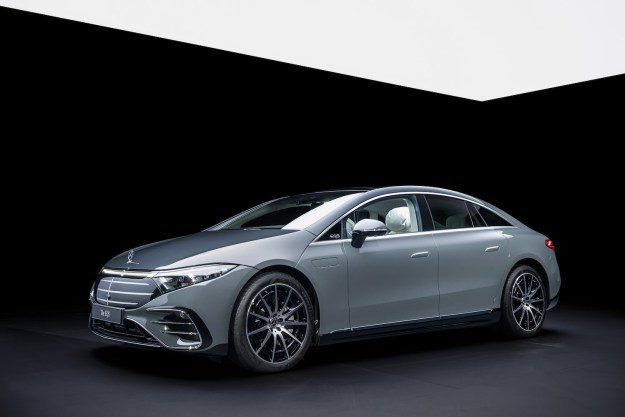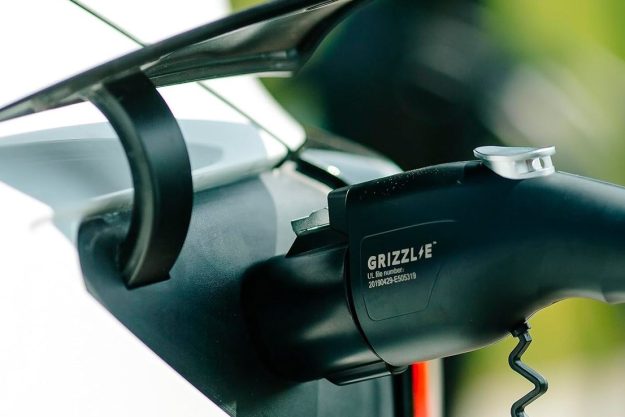If you haven’t already been introduced, the supercar you see roaring along above is called the Beast, and it’s built by American automaker Rezvani Motors. As far as performance goes, there’s only one thing you need to know — the Beast starts out in life as an Ariel Atom. Yes, the sportbike-rivaling go-kart-on-steroids Ariel Atom.
Exceptional foundation laid, Rezvani bolts a carbon fiber composite body onto the frame, adding a truly menacing look and car-like aesthetics for just a 200-pound penalty. Given that the supercar only weighs 1,650 lbs, we’d say it’s worth it. Power comes from two engine options — a Honda-sourced 2.0-liter turbocharged four with 315 horsepower and a “hopped up” 2.4-liter version that enlists both a turbo and a supercharger. The result is a whopping 500 ponies, which work together to rocket the vehicle to 60 mph in only 2.7 seconds.
Rezvani unveiled the car back in June with a spectacular driving video, and now the company has released a behind-the-scenes picture that documents the filming process. Over the short 132 seconds, you can see the car being piloted by professional racing driver Samuel Hubinette, who artfully throws the hand-built Beast around a secluded track. Below are some still shots of the Beast.
“We really wanted to make sure that not only did we make an amazing video, but also fine tune the Beast so that it would perform on the track,” said CEO Ferris Rezvani. “Every corner, every straight; we measured the performance and made sure it was up to our standards as a pure sports car.”
The Beast is available to order now, with prices starting at $165,000 and delivery times estimated at 12 weeks.
